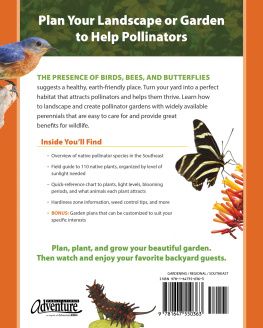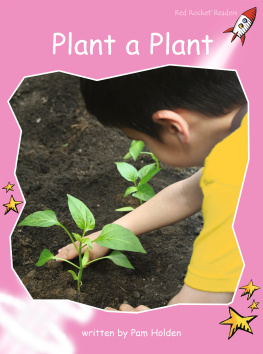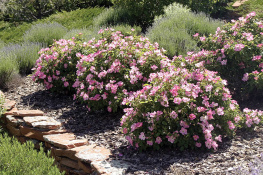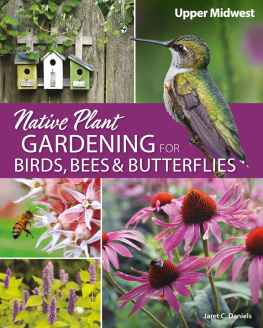Larry Mellichamp - The Southeast Native Plant Primer
Here you can read online Larry Mellichamp - The Southeast Native Plant Primer full text of the book (entire story) in english for free. Download pdf and epub, get meaning, cover and reviews about this ebook. year: 2020, publisher: Timber Press, genre: Children. Description of the work, (preface) as well as reviews are available. Best literature library LitArk.com created for fans of good reading and offers a wide selection of genres:
Romance novel
Science fiction
Adventure
Detective
Science
History
Home and family
Prose
Art
Politics
Computer
Non-fiction
Religion
Business
Children
Humor
Choose a favorite category and find really read worthwhile books. Enjoy immersion in the world of imagination, feel the emotions of the characters or learn something new for yourself, make an fascinating discovery.

- Book:The Southeast Native Plant Primer
- Author:
- Publisher:Timber Press
- Genre:
- Year:2020
- Rating:5 / 5
- Favourites:Add to favourites
- Your mark:
- 100
- 1
- 2
- 3
- 4
- 5
The Southeast Native Plant Primer: summary, description and annotation
We offer to read an annotation, description, summary or preface (depends on what the author of the book "The Southeast Native Plant Primer" wrote himself). If you haven't found the necessary information about the book — write in the comments, we will try to find it.
The Southeast Native Plant Primer — read online for free the complete book (whole text) full work
Below is the text of the book, divided by pages. System saving the place of the last page read, allows you to conveniently read the book "The Southeast Native Plant Primer" online for free, without having to search again every time where you left off. Put a bookmark, and you can go to the page where you finished reading at any time.
Font size:
Interval:
Bookmark:
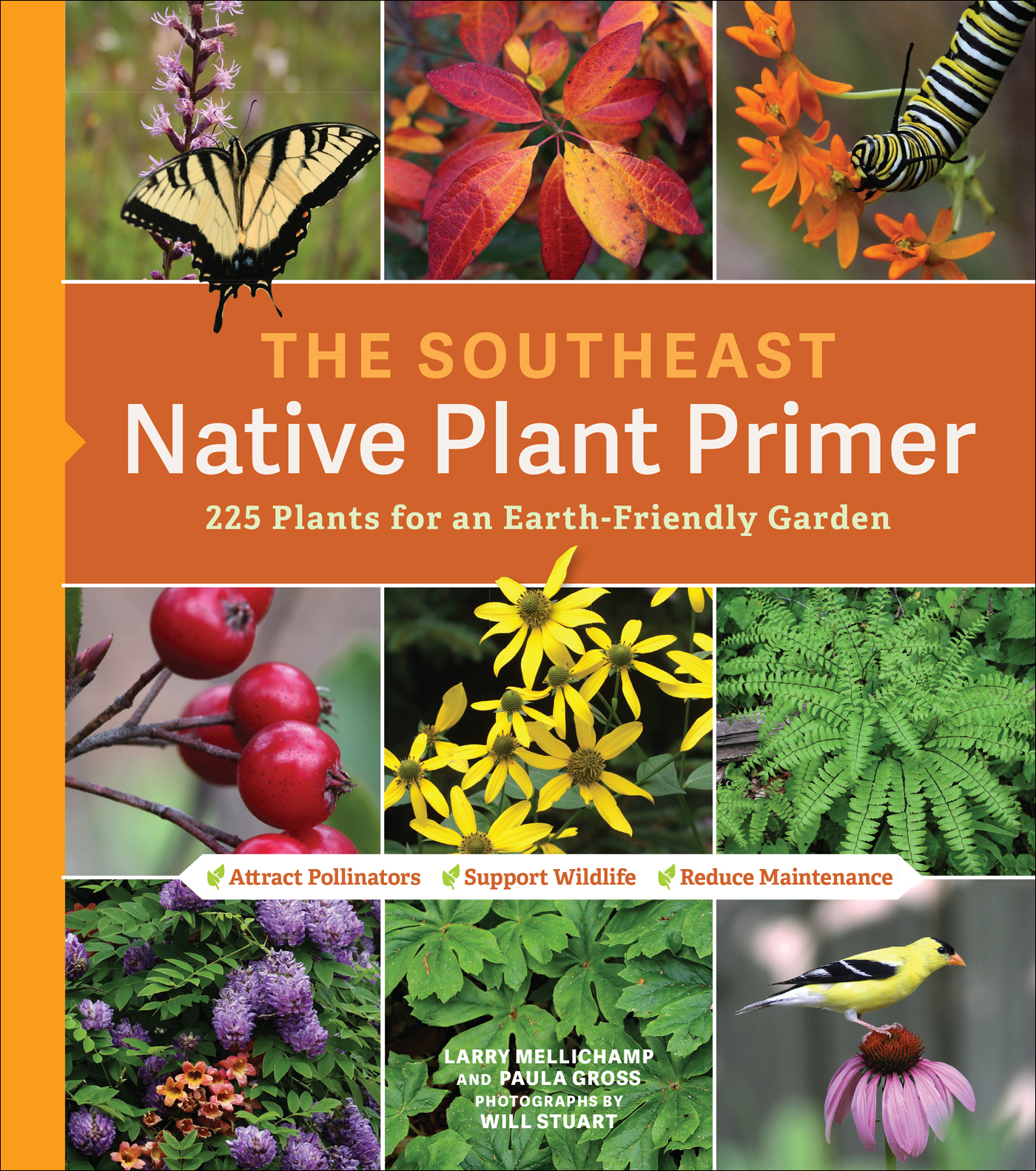

Native perennials make for a sea of color in Southeast gardens.

LARRY MELLICHAMP AND PAULA GROSS
PHOTOGRAPHS BY WILL STUART
Timber Press
Portland, Oregon
For Suzanne, Harrison, William, and Elizabeth.
And to all the children of Mother Earth.
May you cherish her and strengthen the threads that connect us all.

Red-yellow blooms of cross-vine (Bignonia capreolata) intertwine with American wisteria (Wisteria frutescens) in a colorful display.

(clockwise from top left): An eastern tiger swallowtail is attracted to a cutleaf coneflower (Rudbeckia lacinata); cheery bloodroot (Sanguinaria canadensis) is a popular harbinger of spring; silverleaf mountain mint (Pycnanthemum incanum) is a favorite of the common eastern bumblebee; Florida anisetree (Illicium floridanum) is known for its strongly scented leaves.

Spring ephemerals native to the Southeast are a welcome sight in woodland gardens.
 Introduction
IntroductionThis book is about native plants in the Southeast and how to select and use them in the home landscape. While we could easily get lost in reverie for the abundance and beauty of this flora, with its magnolias, hydrangeas, and coneflowers, its important that we focus on you. Whether youve just bought your first trowel or are on your third pair of pruners, you are a gardener. This book is a toolpart garden coach, part hand-picked plant palette, and part visual inspiration. Its a starting point or perhaps a new path in your partnership with plants. We hope it will ignite your curiosity to dig in the dirt and to dig deeper into what interests you. There are field guides and trails, Master Gardener classes, native plant societies and gardens, and new friendships to explore.
You never know what plant may inspire you, native or non-native. We offer you these southeastern plant species that inspire us. Many native plants have become mainstays of the gardening world and interest in those that havent yet is on the rise. Their beauty is apparent, yet we look to natives because we know our landscapes can and should do so much more than please our senses. Our gardens are part of the web of life and can provide food, shelter, and nurseries for pollinators, birds, and other creatures, and they can do this without demanding excessive inputs. We can choose plants that are good neighbors, that dont readily escape our gardens and degrade other habitats. Growing such a garden is a deeply satisfying experience when you embrace connection over perfection. The truth is, you are a part of the web of life, too. Welcome your family and friends into the garden as a place to feel at home among the abundance of native plants.

A meadow filled with southeastern native plants welcomes visitors in late summer.
Whether the draw of native plants has been lifelong or is a brand-new fascination, the question of just what a native plant is will come up. Our definition is simple: a species is native to the Southeast if it was growing in the region before European settlement. The plant might have come by physical forces of nature or by the activities of animals and indigenous humans, but it lives and reproduces on its own and seems to fit in with the other native flora and fauna. Plants that evolved in Asia, Africa, Europe, and South America are non-natives, or what we call exotics. Sometimes exotic plants establish themselves locally and reproduce in the wild. We refer to those as naturalized, but that doesnt make them native. For example, both oxeye daisy and Queen Annes lace are thoroughly naturalized in the Southeast (and sometimes called wildflowers), but we know that they are natives of Europe, not North America. Unfortunately, some exotic plants go much further than just establishing themselves and reproducing in the wildthey take over. Were talking about invasive exotic plants, invasives for short. Think kudzu, Japanese honeysuckle, and Chinese privet. By reproducing prolifically, sucking up resources, and growing unchecked due to a lack of their native predators, invasive plants crowd out native plants. This results in displacing those native insects, birds, and other animals that depend on natives. The end result is often a degraded habitat unable to support much biological diversity. When mixing native and non-native plants in your garden (as we do), be certain you dont include invasive species. Even if you think you can control them, the risk is too high. You may not even realize they have escaped by sending seeds flowing down the creek or being carried off by birds, for example.
The region covered in this book is at once traditional, and then again arbitrary. The Southeast certainly includes Virginia, North Carolina, Tennessee, South Carolina, Georgia, Alabama, northern Florida, and Mississippi. This is arbitrary, in that plants dont understand state boundaries! In fact, a great many of the species native to the Southeast are also native to the Northeast and Midwest. Weve chosen to include a few species that are native just outside our defined boundaries, like threadleaf bluestar and giant coneflower from the southern Midwest, because they are outstanding, well-behaved garden plants in the Southeast.
The more you learn about the natural history of plants, the more youll find that change is at the heart of it. Drawing hard boundary lines is impracticalthese plants are moving targets. Wind and migrating birds continually carry seeds about, and occasional plant establishments occur in what seem to be isolated regions. For example, the scarlet hibiscus grows among other natives in south-central North Carolina, far from its primary Gulf Coast range. How the hibiscus got that far inland is a mystery. Does this species count as native? We think it has to. It may seem oddly out of place, and we dont know when and how it got here, but it is reasonable for it to be here. We use the maps at the Biota of North America, bonap.org , to check the latest distributions of plants. For a simple check on where a plant is recorded native, we also recommend wildflower.org , or the USDA PLANTS database.
It doesnt matter much to us whether a plant can be proven a longtime native to a narrow region, as long as it came from somewhere reasonably close and fits in with the flora without being an obnoxious weed. By now, humans have disturbed so much native habitat and spread so many plants around in various activities including gardening, agriculture, military maneuvers, and simple family vacations, that it wouldnt be surprising to find almost anything almost anywhere in any almost-suitable habitat. However, its this very disturbance of native habitat and its impact on biodiversity that calls us to consider more thoughtfully what we grow in our own backyards. Those backyards cannot replace large tracts of native habitat, but they
Font size:
Interval:
Bookmark:
Similar books «The Southeast Native Plant Primer»
Look at similar books to The Southeast Native Plant Primer. We have selected literature similar in name and meaning in the hope of providing readers with more options to find new, interesting, not yet read works.
Discussion, reviews of the book The Southeast Native Plant Primer and just readers' own opinions. Leave your comments, write what you think about the work, its meaning or the main characters. Specify what exactly you liked and what you didn't like, and why you think so.

